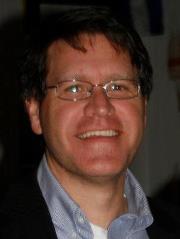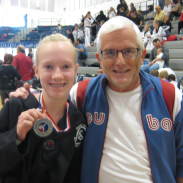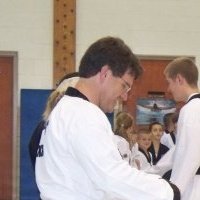What You Need To Know About Resilience
Pray and move your feet. This is one of the most inspirational sayings I have ever come across. The Quakers are credited with this great concept and I have become truly convinced that it is one of the key ideas that will lift you out of a funk faster than anything else.
Failing is not the problem. In fact, failure is a great opportunity to grow and learn. Failing often leads to great success and enlightenment. The problem that we sometimes have, is that we don’t get back up after we fall. I’m not really talking about grieving a loss here though, that is a natural process and requires its own timeline. But grieving too can turn into a negative thing when we get stuck and refuse to let go of negative emotion and live in fear and sorrow. Resilience becomes a way of thinking about loss and failure that accepts that we are designed to fall in order to learn how to get back up onto our feet and get going again.
Having a sense of purpose, a reason for being, allows you to fall and get up again over and over. Pray and move your feet means that you are in touch with your purpose and that you let go of your own ego and attitude and let a higher power to keep you moving in the direction of your meaningful life. What are you here to do? What excites and fulfills you? Are you following your dreams, or have you resigned to a safe, but boring life? Find your sense of purpose and commit to it. Don’t worry about how others feel about your dreams, it’s your life, not theirs. They won’t want to see you change, not because they don’t want to see you succeed, but because they don’t want to have to adjust to your change. That is not a good enough reason for you to settle for an unfulfilled life.
Focus on your purpose and define what your life will look like when you are living your purpose. Identify the daily actions that you have to take to live your purpose and then get to work. Start small but dream big. Don’t put a limit on your purpose, but be willing to start from where you are in move in the direction of your fulfilled life. Expect to fail and to fail often and sometimes in big ways. Your commitment to this purpose will be the first step in becoming resilient. Everything after is just plain work. Fall on your face, see your self living in purpose, pray for strength and wisdom, get up and move your feet!
One final thought, we all have an inner dialogue. It was put there before we were even born, and while some of it might be positive and supportive, some of it can be so negative that it will stop us in our tracks and convince us that we can never have the life we want. You need to hear that voice and accept that it is a part of who you are, and then turn the volume on it down. Replace it with positive affirmations that occur to you or that you pick up from reading and listening to empowering self-help books and programs. Control your thoughts because your thoughts control your words and actions. Emotions are energy and can’t be controlled. That emotional energy is just energy and you choose how to think about it. Allow yourself to feel and then choose how you think about it.
Pray and move your feet!

Matt Pasquinilli is the Executive Director of the non-profit Asian Arts Center Taekwondo School and author of “The Child Whisperer” and co-author of “Behavior Coaching” with Dr. Scott Hall.



